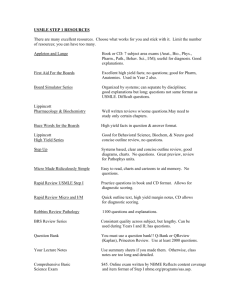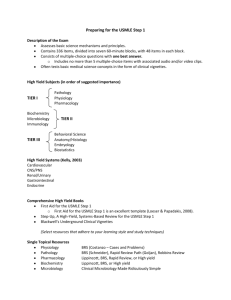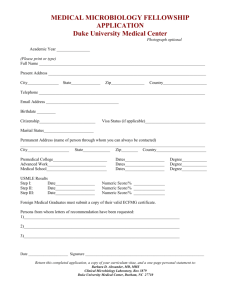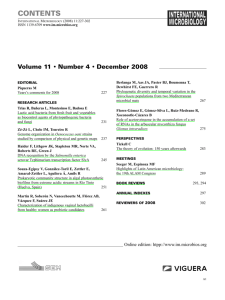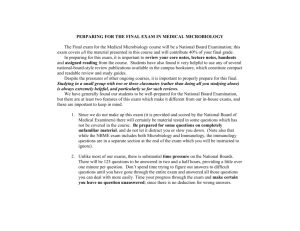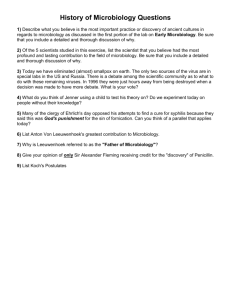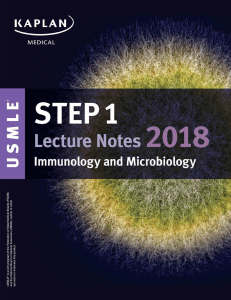Guide to USMLE Step 1
advertisement
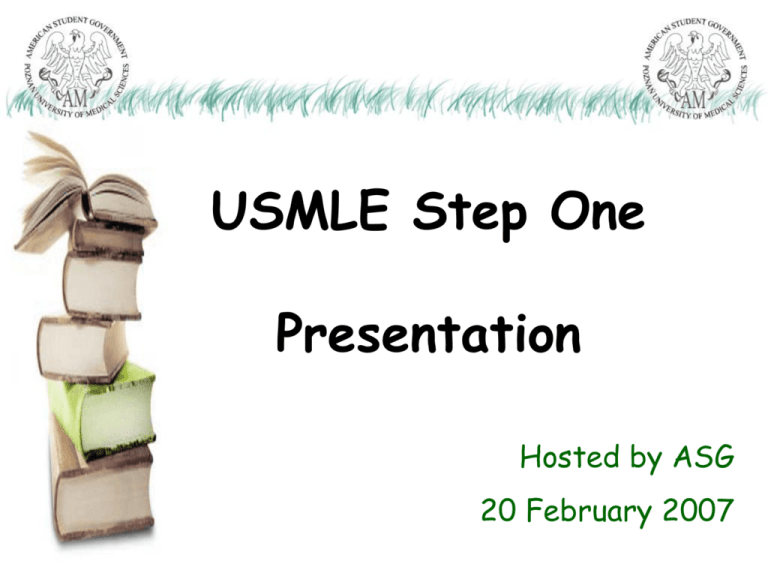
USMLE Step One Presentation Hosted by ASG 20 February 2007 USMLE Step 1 • Sign up NOW if you’re taking the exam this summer! Definitely before mid-April (before you leave Poland) – www.ECFMG.org • You will need: – A Passport photo – Access to a printer when registering – Take printed form to Dean’s office for signature • Study most of the summer. • Take it at the end of summer/early fall. – It’s the only time where you will have a 2month block of time right before the test. Low vs. High Yield • USMLE asks questions on both High-Yield and Low-Yield material. • Low-Yield often helps with understanding of the “High Yield” Facts. • Learn both High & Low Yield now – this is your only chance to do it & will give you a solid base. • You will have time only for High-Yield when reviewing for the exam. What to Read Before • MEMORIZE First Aid for USMLE Step I • Kaplan • High Yield series • Underground Clinical Vignettes • Consider BRS – although lengthy • You won’t have time to read through your textbooks! Use review books!! Microbiology • Microbiology & Pharmacology are unique in that it is very easy to mix things up. • Recommendations: – During the course: Clinical Microbiology Made Ridiculously Simple. – Make up your own silly associations: • #1 most important thing: • Name What the bug does • Drawing works great! – High Yield Microbiology: excellent clinical mini-cases – use when reviewing for Step 1 Microbiology: Critical • Newborn with meningitis – what bug? • 20 year old college student with meningitis – what bug? • MUST know most likely bugs & age groups for pneumonia, ear infections, etc. before USMLE. • They ask about agars & less clinical things too – pay attention. Microbiology Neuroanatomy • Very easy to forget. • You will forget everything unless you make up associations! – Lateral Lemniscus – “Lateral Listening Lemniscus” • Learn it well now, you will have less to review later. Neuroanatomy • HAVE-TO-KNOW: – Symptoms where is the stoke? – Symptoms which nerve/tract is damaged? Behavioral Sciences • Foreign Graduates score in the bottom 5% percentile. • Many of our students say that Behavioral Science was their weakest section on Step 1. • More behavioral science questions than Anatomy, Histo, Neuroanatomy COMBINED !!! Behavioral Science Q A 50 year old woman presents with a complaint of gastric distress. She seems agitated and says that she is afraid she has cirrhosis of the liver but then stops speaking. Which of the following will best encourage her to continue speaking… •a) please go on. •b) how much liquor do you drink? •c) do you drink? •d) why did you wait so long to come in? •e) I see that the situation upsets you. Behavioral Source? • Only area where First Aid falls short. • Kaplan Q Bank? Appleton & Lange Q Bank? How do I know I’m ready • You will never be 100% ready • Basic Sciences Shelf at end of 2nd year • NBME Self Assessment Tests – http://www.nbme.org/programs/sas/ sas.asp – 4 tests, $40 each – Recommend to take at least one, approx. 1-2 weeks before Step 1. The Week Before • Week before: – Get sleeping pills if you have history of getting nervous the night before. • Last Day: – You cannot increase your knowledge by more than 5% – You can easily decrease your alertness by 30-50% if you don’t sleep enough. The Big Test • 8h, 350 questions. • Bring lots of caffeine & s.t. to eat. – Red Bull, pills, coffee – good because you can leave them outside of your locker & chug as needed. • Be careful with time management. After the Test • RELAX.. You deserve it! • Takes about 3-4 weeks for results to be mailed (may take longer). • Try the OASIS trick to see if you’ve passed before receiving mailed copy: – When exam “date” posts on OASIS try to re-register for Step 1 on IWA – Only works if exam date is posted on OASIS Good Luck!
